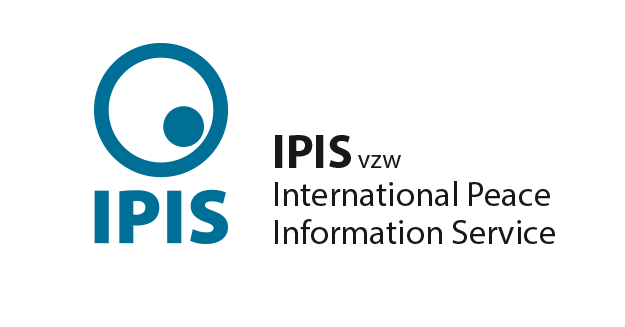7 Reporting
How can reporting be implemented?

Reporting is usually conducted by using one or more of the systems described above, which produce a series of indicators that facilitate the evaluation. International guidelines are the most frequently used.
GRI is considered the most complete set of indicators for reporting financial and non-financial information. However, this reporting mechanism, similarly to ISO 26000, focuses on CSR reporting. The concept of materiality, which is used in CSR and particularly in GRI Standards, promotes contextualisation of reporting and a balance between the interests of the reporting organisation and its stakeholders.
However, the UNGP Reporting Framework is the most complete framework in line with the UNGP for reporting human rights risks. It is based on the criterion of salient rights rather than on materiality, putting the emphasis on stakeholders rather than the organisation.
Standard reporting also serves as benchmarking exercise to verify where organisations are performing well and where they have to improve.
The Insights from the Reporting Exchange: ESG Reporting Trends (2018) identified three elements of a framework used to classify provisions and analyse the evolution of reporting:
- Mandatory provisions that oblige organizations to report or respond
- Provisions that require organisations to comply with requirements or explain why they have not done so; and
- Voluntary provisions that do not oblige organisations to respond, but encourage reporting on a voluntary basis.
Human rights reporting is mostly voluntary, although there are increasing mandatory requirements to report on these issues. In addition, voluntary reporting by non-profit organisations has also multiplied, and international standards are increasingly adapting corporate reporting to these organisations as well.
The Insights from the Reporting Exchange: ESG Reporting Trends (2018) also refers to ways to disclose sustainability performance. This report highlights an evolving trend from addressing sustainability reporting as a specialized system, mainly intended to address disclosures directly to the state, towards a more systematic use of sustainability reporting, including its incorporation into the main annual report of financial and non-financial information.




